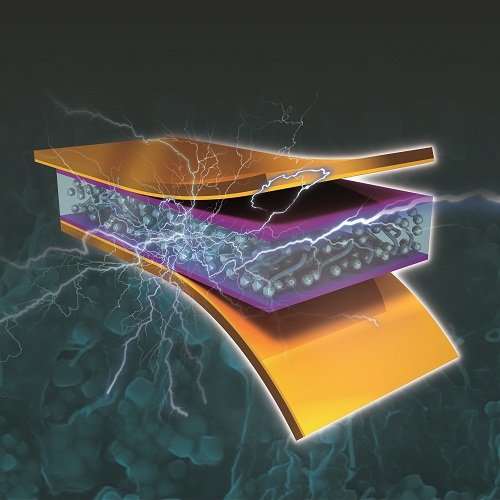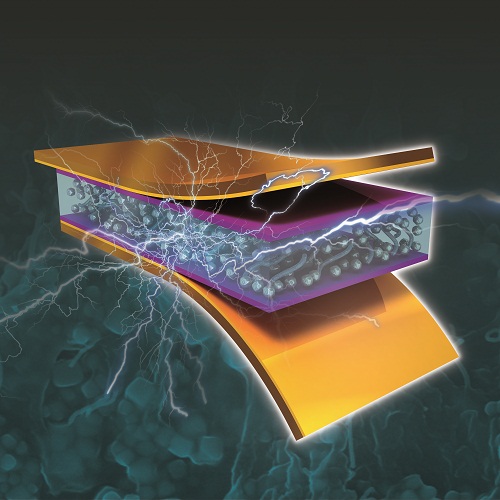Piezoelectric Viruses
Every now and again the inventiveness of nano-engineers boggles the mind.


Every now and again the inventiveness of nano-engineers boggles the mind. This is one of those cases. Nano-engineers at the University of Berkeley have generated electricity from viruses, opening new sources of energy for nano-machines.
The research exploits the piezoelectric effect, which is also used when lighting an electric cigarette lighter. The spark of those lighters is kinetic voltage generated when the piezoelectric element is struck; the change in shape produces a jolt of electricity and ignites the gas.
Lots of natural materials exhibit this effect but it turns out that piezoelectricity can also be coaxed from bacteriophage viruses (which are completely harmless to humans). The scientists genetically engineered the viruses to increase the polarity of their protein membrane, and enhance their piezoelectric power. They then grew the viruses in an insulated thin film, which was then hooked up to an LCD screen. This thin sliver of compacted viruses produced electricity when pressed.
This is the first time that the piezoelecric effect has been generated from living matter. It provides a brand new building block for nanoengineers as it means that viruses could self-replicate efficiently and in an orderly manner. And unlike other piezoelectronic materials, this chip is not toxic to organic tissue.


